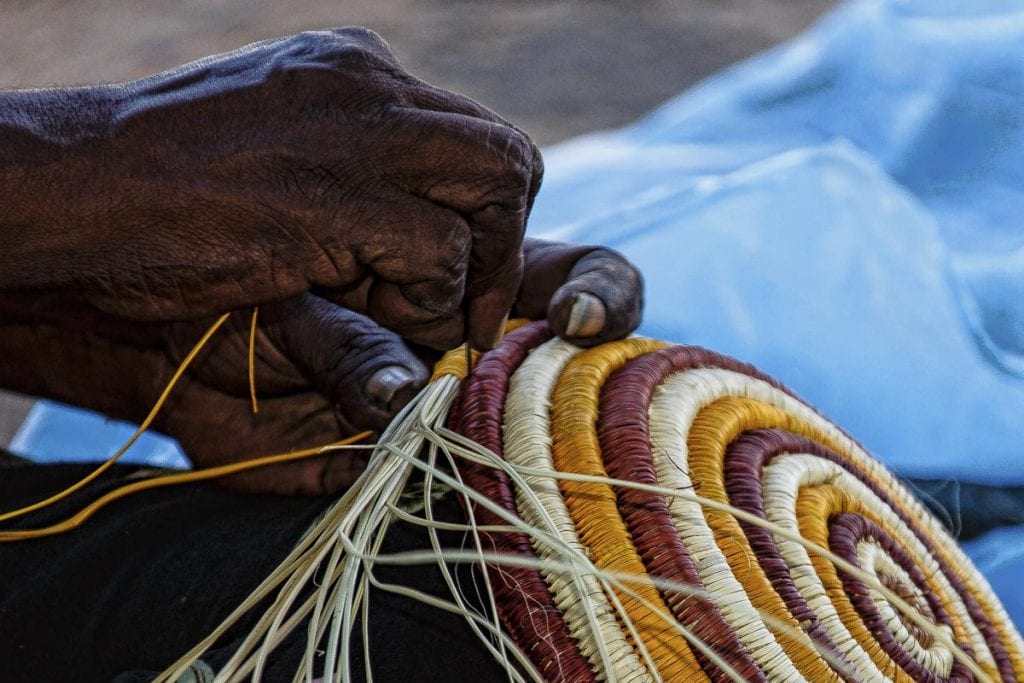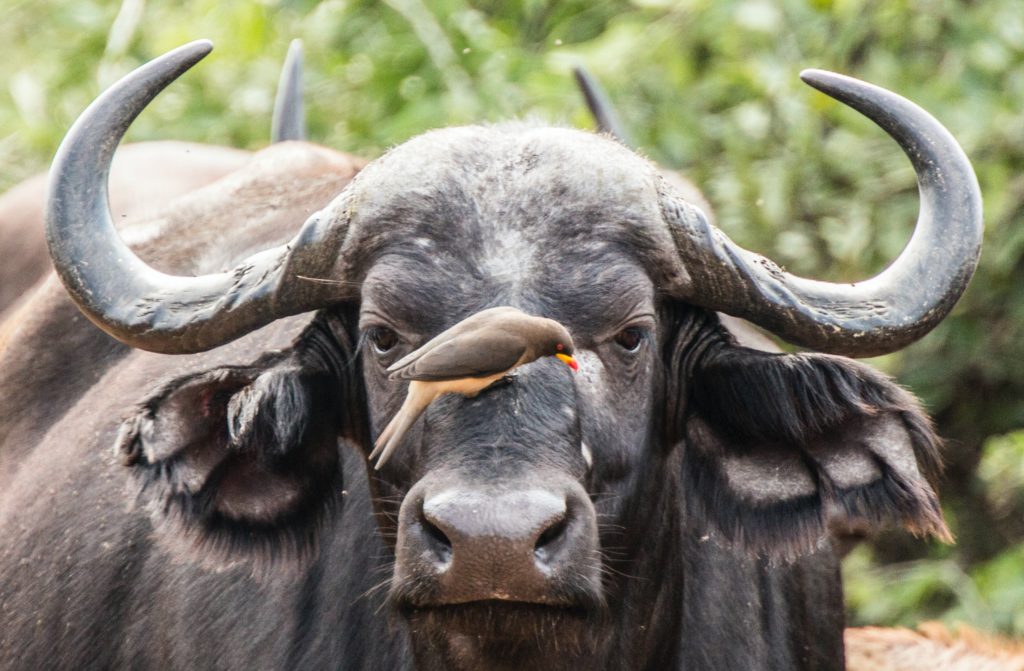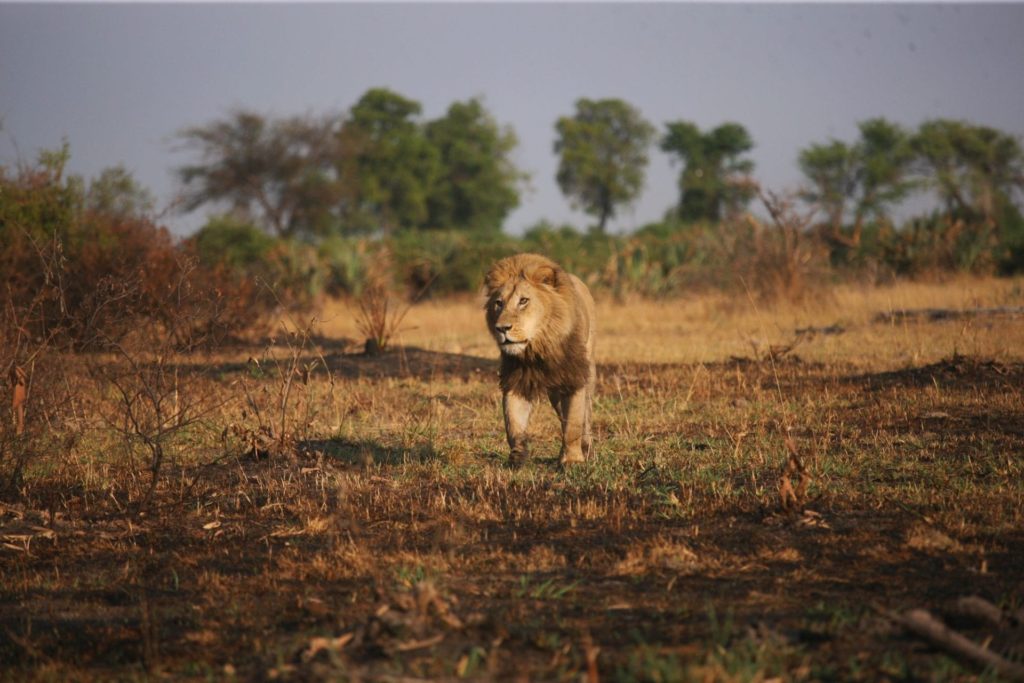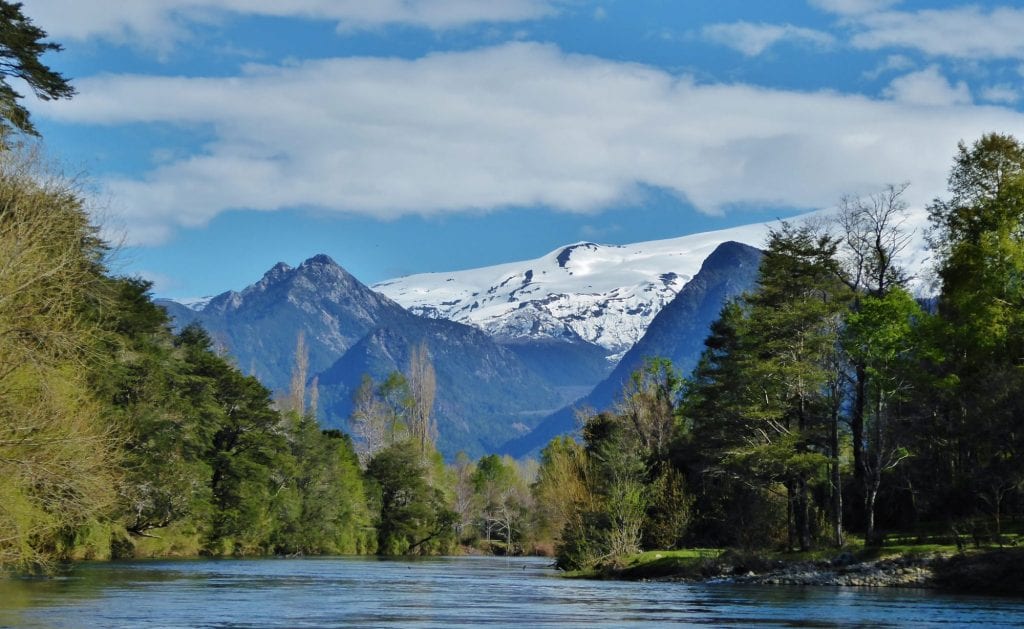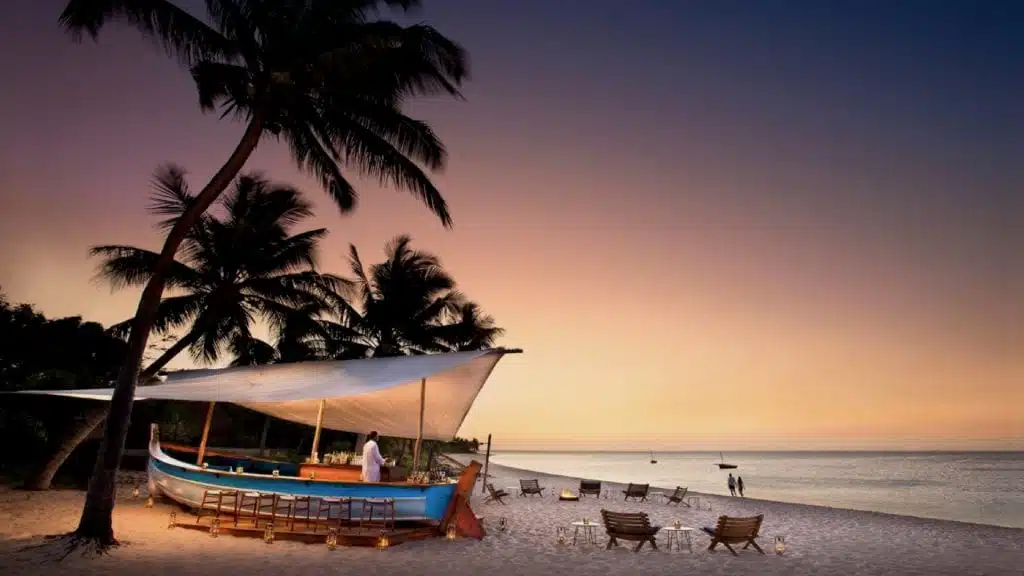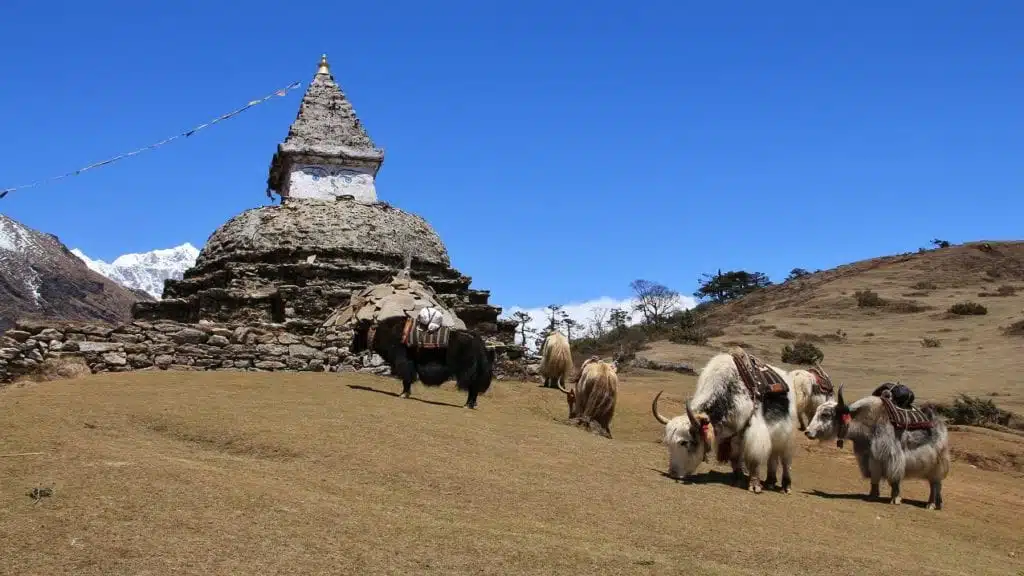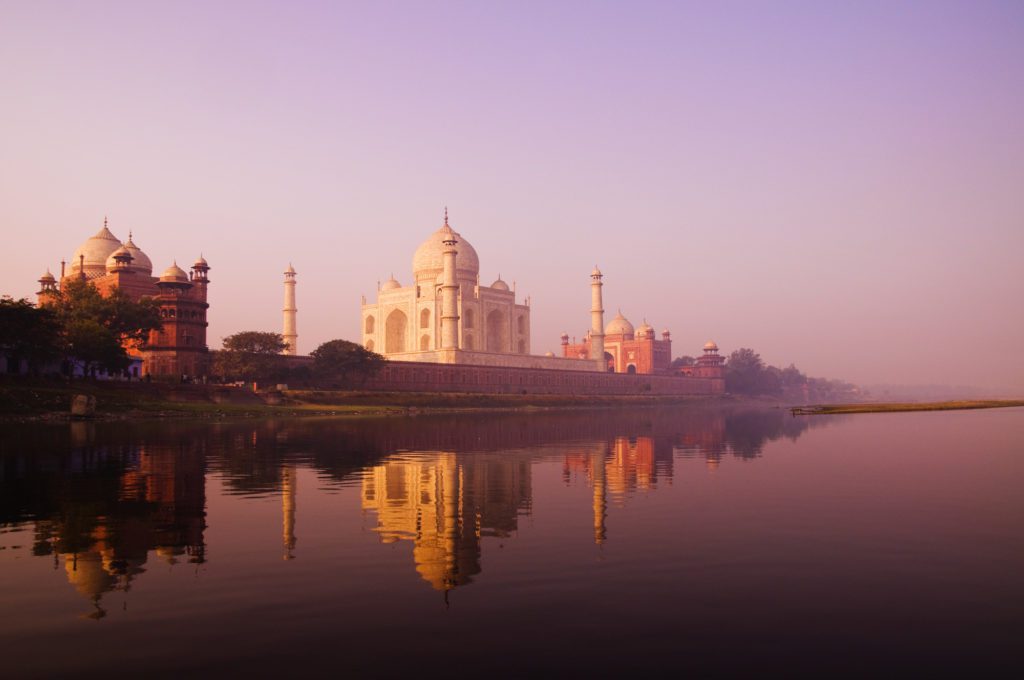NINE NATIONAL PARKS
Parks & Reserves of the World
Much of our clients’ time is spent in the National Parks of the world.
These managed and protected regions often offer the very best of a country’s wildlife and nature, with conservation projects eliminating poaching, protecting animals and implementing environmental regeneration. Private reserves often provide the best of these experiences. Smaller, more intimate and well-funded, they are easier to maintain and frequently have a dedicated staff tending to the wealth and wellbeing of the ecosystem.
But national parks are established and funded by governments. Vast, sprawling grasslands, mountainous regions and endemic wildlife all bring significant appeal to these areas, lauded as crowning jewels of a country’s landscapes.
Despite their public access and their grand size – or perhaps because of it – national parks provide expansive wilderness to explore and often feature some of the more iconic aspects of a safari, such as with the Great Migration of the Maasai Mara and Serengeti.
Though these – along with South Africa’s Kruger, Ranthambore in India’s Rajasthan region and many others – gain exceptional and justified renown, they only cover a handful of pages in the global atlas of incredible national parks.
Taking you around the world, we have compiled a collection of some of the planet’s most wonderful, yet lesser-known, national parks, bringing with them a miscellany of creatures, landscapes and experiences sometimes found nowhere else.
Akagera National Park, Rwanda
For visitors to Rwanda, Volcanoes National Park often gains the most attention. With its gorillas, primates and attention justly raised by the late primatologist Dian Fossey (and Sigourney Weaver’s biographical movie, Gorillas in rhe Mist) this renown isn’t without warrant. But there is more to Rwanda than gorilla treks through humid rainforests, and Akagera is the perfect showcase.
Located on Rwanda’s southern border, it is about as far removed as one can get from the most famed of the nation’s inhabitants, but can readily be incorporated into a Rwandan itinerary, offering wonderful contrast to a Volcanoes adventure.
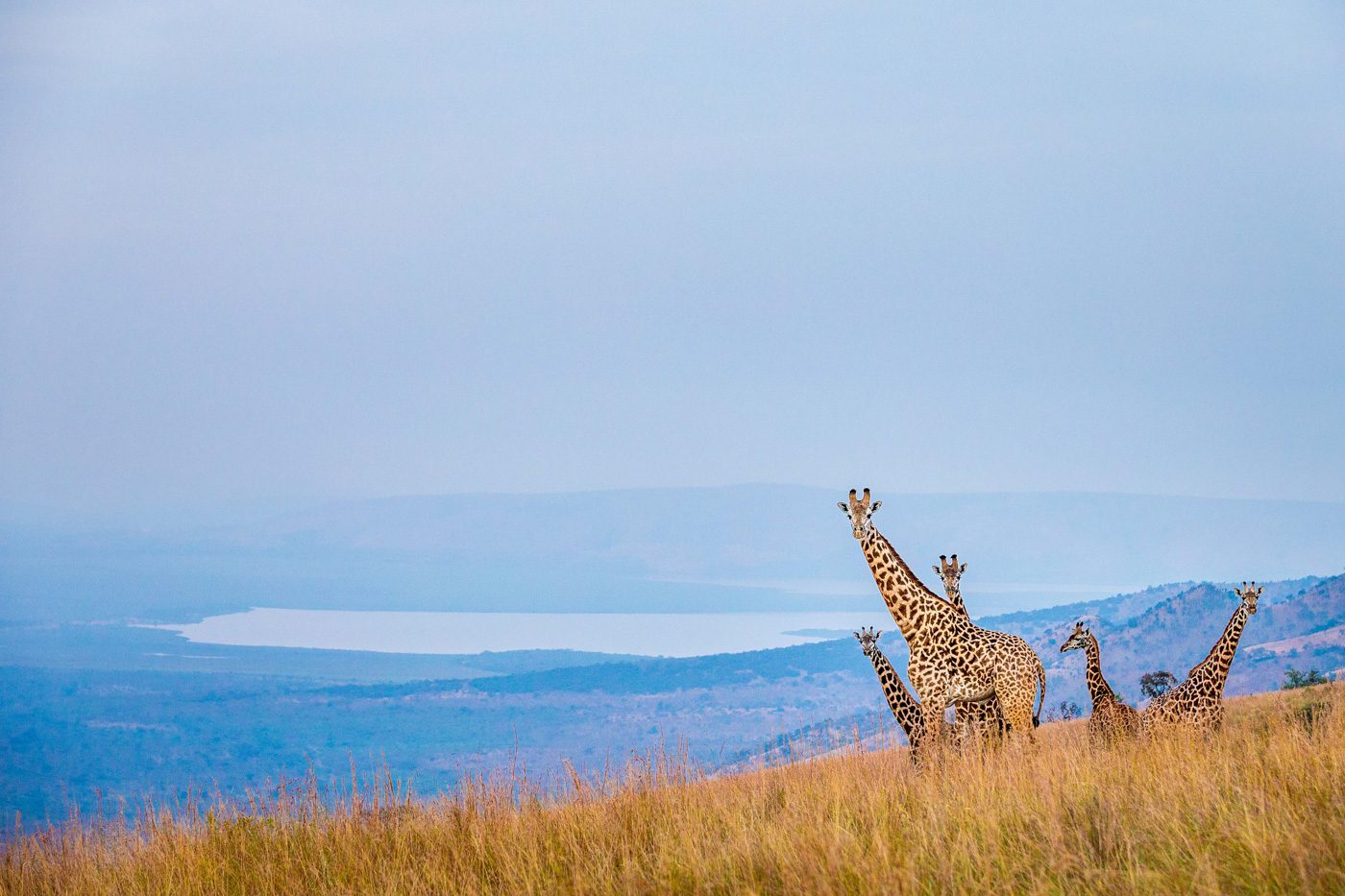
As much as the term can be appropriate, Akagera is a man-made national park. Decimated dugin the civil war through deforestation and grazing, it now stands as a bastion of conservation success, the forests returned, alongside wetlands and savannah. Now under the protection of African Parks, Akagera is also seeing a return of the wildlife that once flourished here, including reintroduced black rhino. With this have come hundreds of bird species, including the shoebill, and almost 100 mammals, amongst them giraffe, leopard, elephant and lions with a rare penchant for treeclimbing.
One of the greatest beauties of Akagera is in its changeable landscape. Low-lying mountains give way to expansive grasslands punctuated by small forests, before fading into tall papyrus wetlands that attract a vast array of life.
Akagera is one of Africa’s greatest success stories and and as it continues to develop, renew and flourish, with it comes a scattering of luxury boutique properties to provide exquisitely remote accommodation.
The Lake District, Chile
Though classified as a region, the Lake District of Chile incorporates several national parks and reserves, including Chile’s first ever national park, Vicente Perez Rosales, and the magically diverse Puyhue national park, with its volcanoes, valleys, hot springs, rivers and waterfalls.
The Lake District is often declared the Switzerland of Chile, and it’s easy to see why. Crystalline lakes are embraced by forested banks that in turn give way to majestic snow-capped mountains. Quaint towns huddle on the shores, bustling with more rural than cosmopolitan communities.
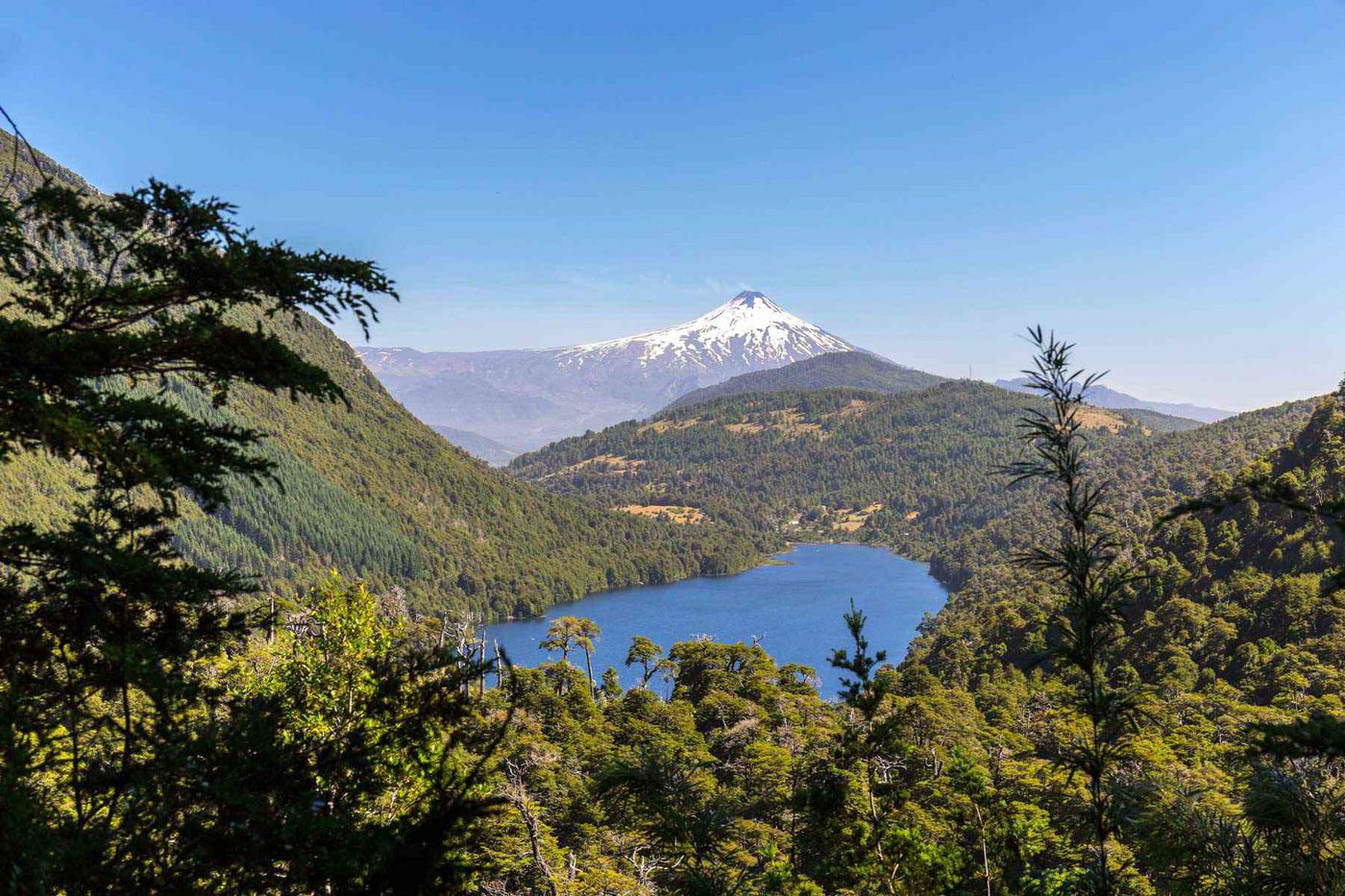
The natural landscapes beg to be explored, on foot, on horseback or, when the snows fall, by ski or snowboard. A hiker’s haven, there is an almost inexhaustible trail network that weaves its way from the Pacific coast to the west to the foot of the Andes. Rock climbing, too, is a popular pastime of the Lake District and people visit from around the world to scale the Andean mountainous and volcanic monoliths.
The lakeside towns are modern but have the rustic charm of Maine and other rugged coastal communities, brightly-painted, timber-clad buildings seeming to huddle together for warmth.
Utterly endearing, these towns and small university cities have all the comforts of a more contemporary city but possess a multi-layered and fascinating history, meandering from Incan settlement to Conquistadorial Spanish influences and even German nuances in a melting pot of culture and style.
Several premier property brands have established themselves in the Lake District, giving visitors a plethora of choice, from quaint to absolute luxury.
Whether staying within one of the towns or in one of several isolated luxury accommodations, there is the perennial sense of being comfortingly enveloped in nature. Adventure is only ever a short drive away, the green and white mountsides continually beckon at your peripheral vision and, at some of the more exclusive venues, you can be swallowed by the wilderness two steps from your front door.
Though wildlife is found throughout the region, this is not the primary attraction; to visit the Lake District is to find an immersion in the wild, and a healthy dose of pure escapism.
North Luangwa National Park, Zambia
Zambia’s Kafue National Park collects the lion’s share – almost literally – of visitors. Though an excellent park and worth visiting, it is simply vast. This disperses the wildlife across a far larger area, so sightings take longer and aren’t guaranteed if you are pursuing a specific species.
North Luangwa, on the other hand, is one fifth of the size and abundant in game. The only Zambian destination to boast all of the Big Five, North Luangwa is wonderfully unspoiled, uncrowded and abundant.
A game reserve since 1938, it achieved national park status in 1972 and has since benefitted from significant conservation efforts. The Luangwa River meanders its way through the heart of the park, its vital waters irrigating the surrounding forested landscapes. Beyond the trees, grasslands contrast the verdant vein of woodlands expanding from the far-reaching banks of the Luangwa. This polarity of ecosystems benefits visitors in its changing wildlife. At the water’s edge, you can observe hippos, crocodiles, waterbuck and lightning-fast otters. As you journey away from the river, you might spot a range of cats – the larger, more common ones, as well as cervals, wild cats and caracals.
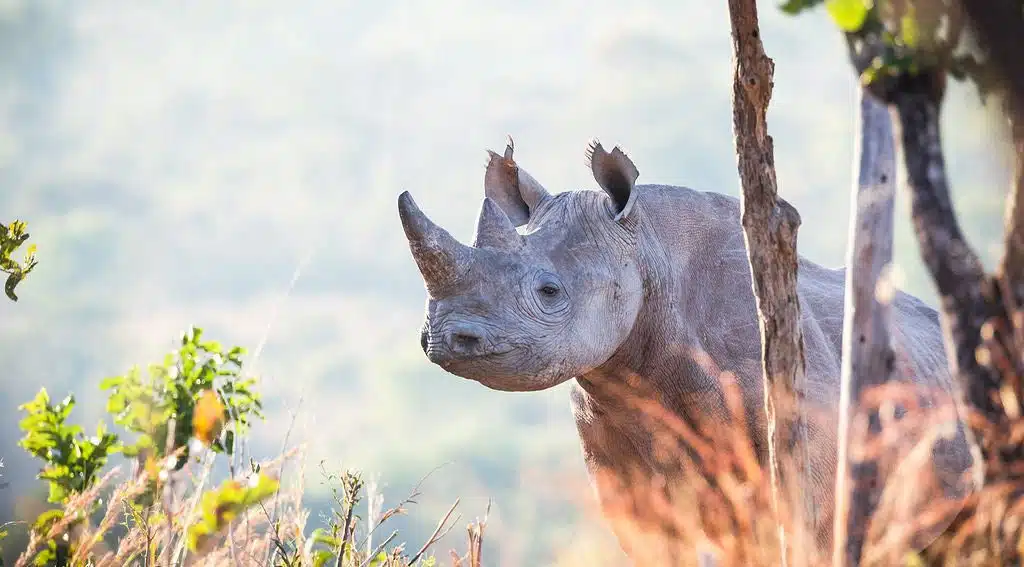
As the flora becomes more sporadic, porcupines, and assortment of antelope, elephant, aardvark and, if you are desperately fortunate, pangolin share the grasslands with a spectrum of birdlife.
The forests, too, see the consistent passage of animals, and in the treetops you can find several monkeys. Bush babies and, at their base, yellow baboons.
In a sense, North luangwa could be considered the best of African safari all in one place and though not comprehensive, its diversity of life will thrill any visitor. One of the joys of the park is that it permits expertly guided walking safaris, taking you to ground level to observe nature undisturbed.
Properties, unlike the wildlife, are thin on the ground, and tend towards the comfortable, professional yet rustic side, but neighbouring South Luangwa possesses several premium establishments to provide luxury and access to day trips or overnight stays to the north.
Gorongorosa National Park, Mozambique
Across the border from North Luangwa lies Mozambique’s Gorongorosa. Mozambique is often considered a beach destination, and indeed, its coastline is simply spectacular. 45 miles (70km) inland, Gorongorosa doesn’t benefit from white-sand, palm-fringed beaches, but what it doe possess is more than worth stepping from the coast for.
Gorongorosa is one of Africa’s greatest stories of regeneration and conservation. Beginning as a hunting reserve a quarter of its size today, its early years were tragic, and with Portuguese occupation followed by civil war, it wasn’t until 1994 that the park’s story made a dramatic turn for the positive. In 2004, the Carr Foundation joined with the government of Mozambique to finally give the park the much-needed and long-overdue protection it required.
Comprising a portion of the Great Rift Valley and the neighbouring Gorongorosa Mountain, the park spans just 1,500 square miles (4,000km²), a significant area, but far smaller thanmany other African parks, including Kruger and the Serengeti.
However, what it lacks in size it more than makes up for in appeal. The park’s topography spans grasslands, mountains, rivers and forests, and with them comes a diverse and abundant assortment of wildlife.
The reintroduction of African wild dogs has marked a significant chapter of the park’s proliferation of wildlife, populations across animal, bird and plant species slowly creeping back towards number seen prior to their decimation.
The gradual rewilding of Gorongorosa has kept it predominantly under the radar of mass tourism, to the benefit of those few choosing to visit, with the landscape largely bereft of vehicles and visitors. In addition to the wild dogs, travellers can expect to see elephants, lions, painted wolves, crocodiles, hippos and a wide range of antelopes, including the majestic sable antelope, with its long, straight horns, lustrous coat and horse-like mane. The sable, along with several of Gorongorosa’s antelope species – including the nyala, oribi and blue wildebeest – are only sporadically found across much of Africa, but have flourished in the park’s lush, wooded grasslands.
Pangolin too are amongst the park’s rare species. Observing these beautiful, curious and gentle creatures in the wild is worth visiting Gorongorosa alone, but with so much more to offer, from endemic species and a wealth of wildlife to the changing landscapes and waterways. Though accommodation is incredibly limited, it is of a respectable standard, and enhances the exclusivity of your visit. Guiding is superb, with local staff highly trained and educated in conservation to further the park’s rehabilitation.
Kidepo Valley National Park, Uganda
Like Rwanda’s Akagera, Kidepo Valley National Park in Uganda is often overshadowed by the country’s westerly primate inhabitants, but the contrasting plains and lakes of Kidepo are gaining minimal but increasing attention as a wonderful complement to a gorilla trek through Bwindi Impenetrable Forest.
With the reintroduction of black rhino it is possible, though rare, to capture glimpses of all of Africa’s Big Five, but what you will most certainly find is a diversity of other animals, including cheetah, impressive Nile crocodile, numerous antelope species and the maneless zebra and Uganda kob rarely found anywhere else.
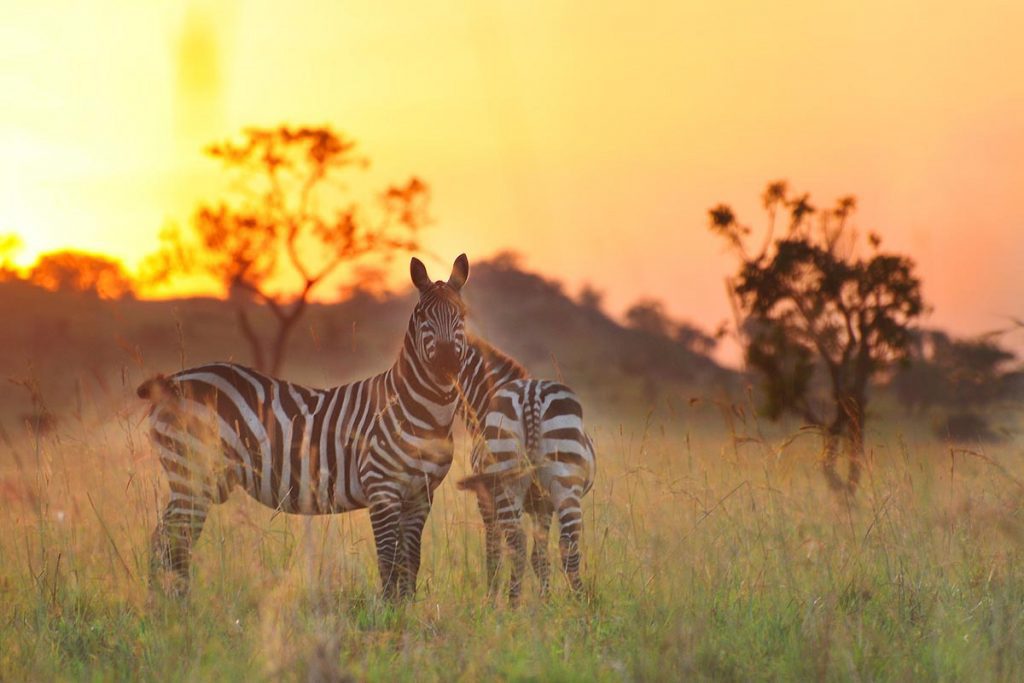
Diversity too lies in the landscapes. Wide plains are punctuated by hills and valleys, spectacular lakes and forested hillsides. Tourist demand is noticeably minimal, a significant advantage for those choosing to visit, and you will frequently have an exclusive view of the animals and terrains of Kidepo. Also of benefit is the accommodation, or lack thereof. Apoka Safari Lodge is one of very few properties, giving you wonderful exclusivity, premium comfort and the warm, Ugandan hospitality so prevalent across the country.
The true beauty of Kidepo is in its exclusivity. While it might not have the proliferation of species found in other parks, you also won’t find an equally substantial flock of tourists. At just 560 square miles (1,450km²), it is also one of Africa’s smallest national parks, but this only serves to offer you greater topographic options within reach.
In Kidepo Valley National Park, you will find a far more personal safari experience than in many of the larger parks, and this makes this charming Ugandan sanctuary absolutely exceptional.
Kakadu National Park, Australia
It’s remoteness makes Australia’s Kakadu National Park one of the least visited parks on our list. Gaining renown from 1986’s Crocodile Dundee, it is wonderfully iconic of the true Australian Outback. Deep red sands, towering gums, spectacular waterfalls, rivers and billabongs, expansive vistas and fascinating rock formations combine to provide a breathtaking wilderness adventure.
Incredible locations are made even more wondrous, with guides illuminating the cultural ‘dreamtime’ tales of the indigenous communities. Added to this, Kakadu contains the highest concentration of rock art anywhere in the world, some of it dated at over 20,000 years old. Paul Hogan’s Crocodile Dundee was aptly named, and the region’s estuarine crocodiles number in the tens of thousands, growing up to seven metres in length – the world’s largest existing reptile and a species that has prowled the planet for 140 million years.
Crocs aren’t the only residents of this World Heritage-listed national park. You will find a host of marsupials, including kangaroos and wallabies, and if lucky, the nocturnal northern quoll, in addition to numerous reptiles, fruit bats and more. Unlike African national parks, Kakadu’s appeal lies less in wildlife and more in the spectacular scenery. Winding rivers coarse through imposing canyons, mountains provide panoramic vantage points, and gum forests cover the landscapes in a swathe of rich green hues.
Kakadu has been home to the Bininj and Munggyuy people for over 65,000 years – the oldest living cultures on earth. Learning their ways, sampling ‘bush tucker’, visiting the rock galleries and discovering their spiritual connection to land enriches a Kakadu adventure tenfold.
Accommodation on the ground is charming, but distinctly humble, though does offer an adequate base camp from which to explore this utterly unique destination.
One of the best and most luxurious ways to explore this region of Australia’s Top End is to combine it with a voyage abroad True North, an opulent cruise ship that traces the Australian coast, lunging into the interior through numerous waterways to give you an ever-changing horizon and a unique, aquatic perspective rarely seen. Though only touching on Kakadu, one of its numerous cruises commences in Darwin – the closest city to Kakadu and the perfect transition from bush to boat.
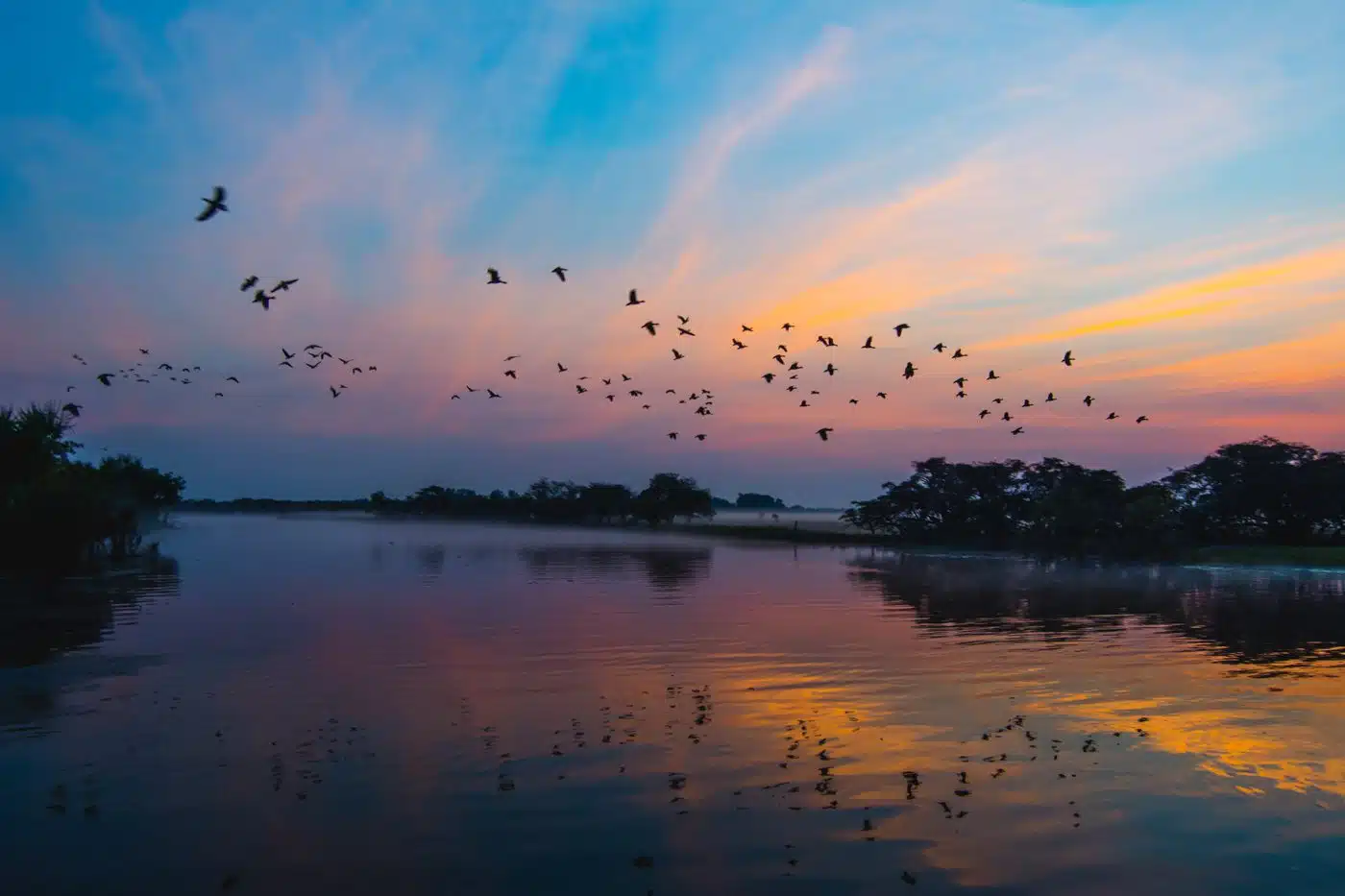
Chitwan National Park, Nepal
Spanning Nepal’s border with India lies Chitwan National Park, an unexpected safari delight of this Himalayan nation.
The park offers the epitome of an Indian safari, yet with far fewer visitors, and its smaller size creates far greater wildlife opportunities. Here, you will find tigers, sloth bears, crocodiles and primates. It is also one of the world’s last-remaining bastions of the critically-endangered one-horned rhino.
A visitor to Nepal will relish the contrast between the magnificent snow-capped mountains and ancient monasteries, and the lush, forested park, with its lakes and rivers, grasslands and fascinating wildlife. Despite its remoteness geographically, the park is quite popular with locals and visitors alike, so it should be expected that you will be sharing your Himalayan safari with others.
However, the incredible uniqueness of its location and fauna makes this a small price to pay, and you will wonder at this incredible wildlife sanctuary.
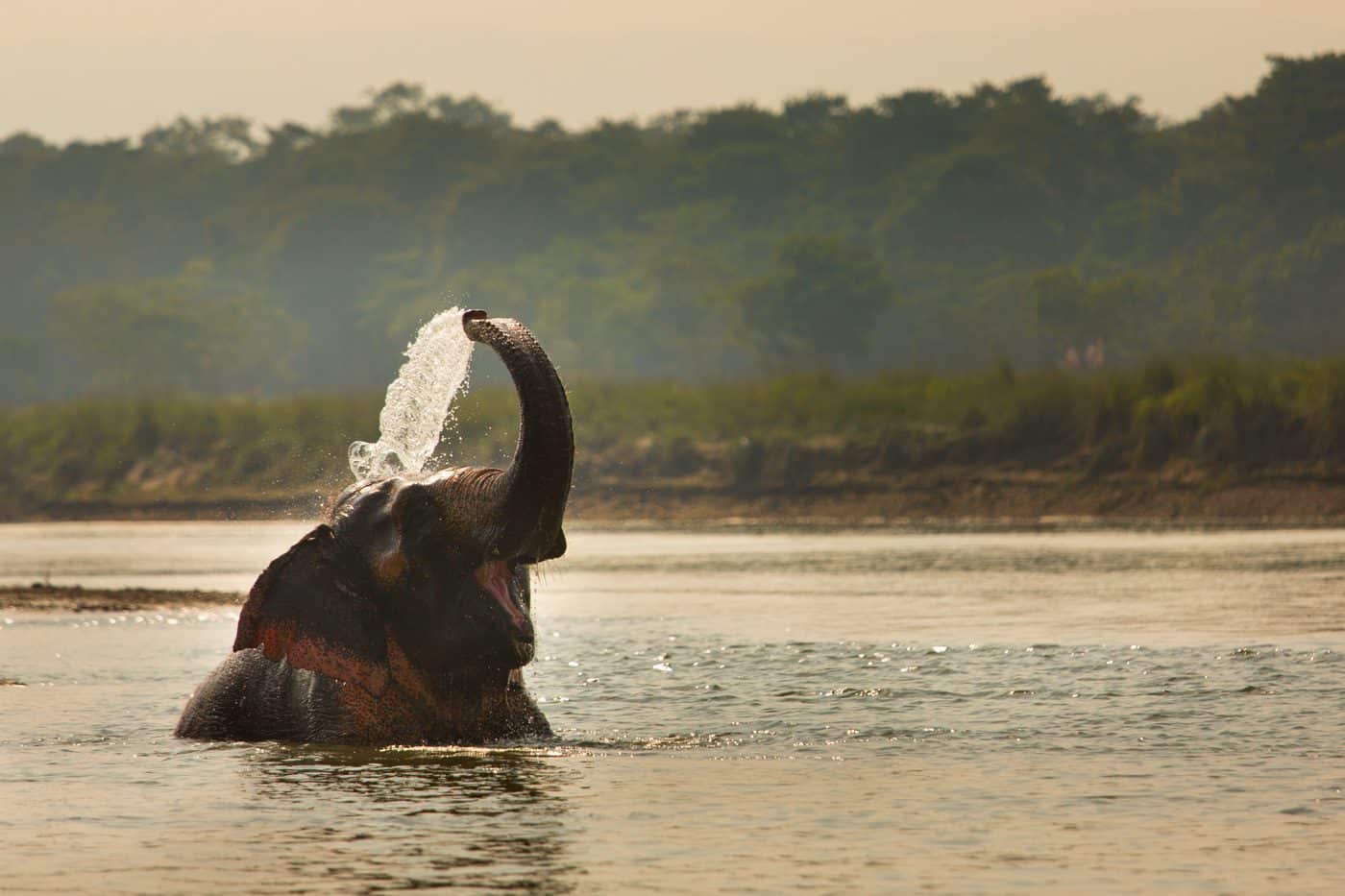
Up until the 1950s, the park was a hunting reserve and wildlife was greatly threatened until it achieved national park status under the rule of King Mahendra in 1970. After its recognition as a UNESCO World Heritage Site in 1984, conservation became prevalent, and the park enjoyed a profound resurgence in wildlife. Amongst the many species that benefitted,
Environmental conservation and fervent anti-poaching efforts have mostly protected the one-horned rhino from extinction, and number have raised to a level where translocation is being considered to further bolster this armour-plated, critically-endangered species.
Chitwan is a small park, best enjoyed over a day or two, rather than the diverse, week-long safaris available in more expansive parks. However, with the wonders of Nepal to be explored, Chitwan National Park provides a further and distinctly different element to a Nepal adventure.
Mashatu Game Reserve, Botswana
Located on Botswana’s easternmost tip and bordered by both Zimbabwe and South Africa, Mashatu isn’t a national park, but its divergence from the more expected Motswana experiences – the Okavango Delta and Makgadikigadi Pans in particular – Mashatu earns a worthy mention on our list of national parks.
Dubbed the Land of Giants, the moniker has been gained not only from its prodigious animal population – including lion, elephant, giraffe and the largest bird and antelope in the world – the ostrich and giant eland respectively – but also for its flora. Rotund baobab trees rise from rocky outcrops, and the impressively expansive Mashatu or nyala berry tree for which the reserve is named.
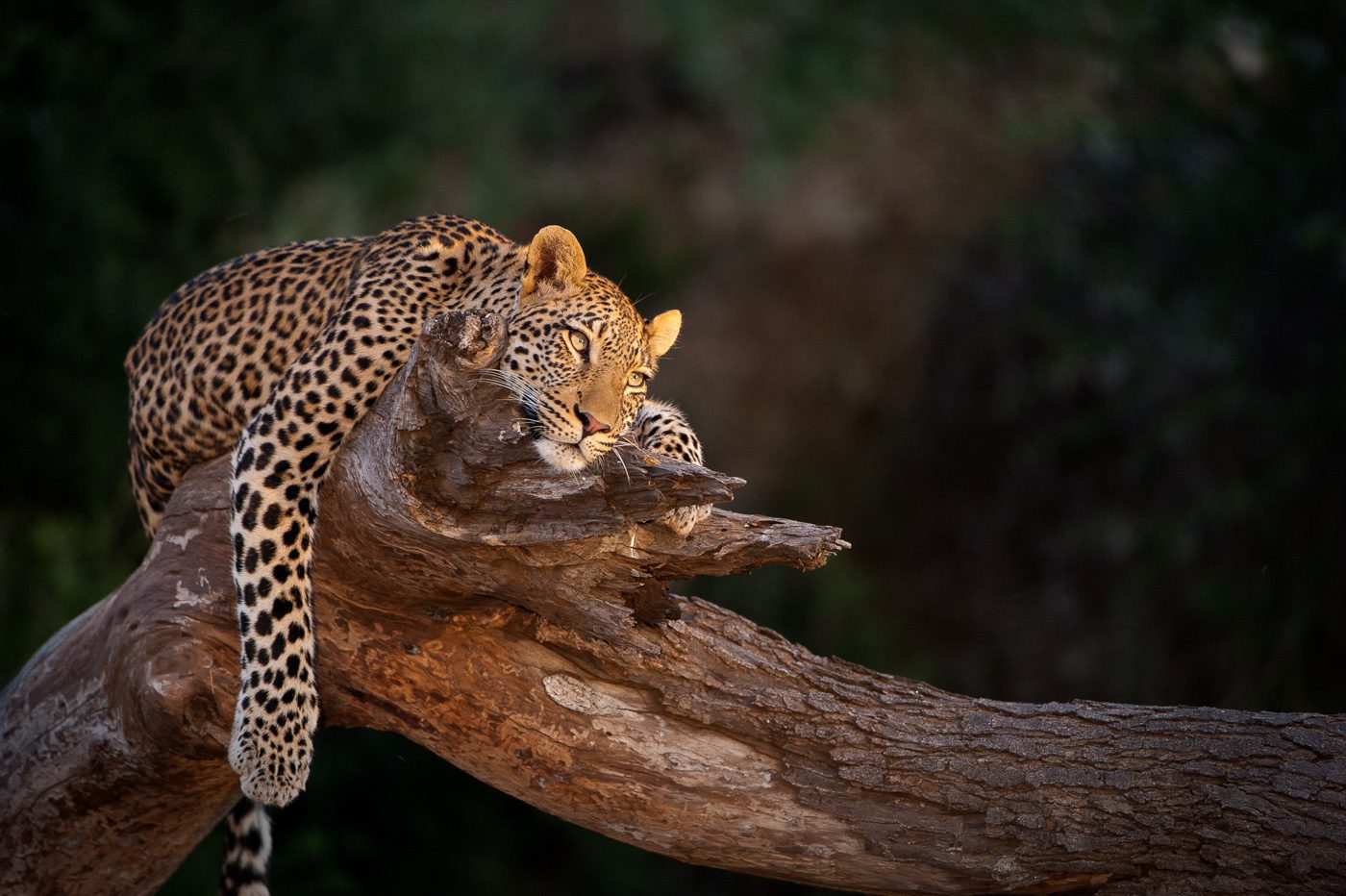
These immense trees flourish along the banks of the Limpopo River, made famous in the west by the tales of Rudyard Kipling, he of Jungle Book fame, in his ‘Just-So story, The Elephant’s Child.
Lifeblood of the region, the ‘great, grey-green, greasy Limpopo’ as Kipling poetically – if unflatteringly – named it provides far-reaching hydration for the plants and animals of Mashatu. Without this vital water source, the reserve would be a vastly different place. Contrasting the central regions, his far outpost of Botswana receives just 29 days of rainfall each year. Tempratures can soar at the peak of summer, but the Limpopo maintains its meandering passage through the parklands, sustaining life despite the climate.
A wonderfully intimate reserve, Mashatu can be explored by game vehicle, as might be expected, but also on horseback, mountain bike and on foot. This divergence of transportation methods allows you to explore the same landscapes in wonderfully different ways, each with its own benefits.
Though comparatively small, its 31,000 hectares (76,600 acres) are still more than enough to find yourself in unvisited regions over the course of several days. From the banks of the Limpopo, forests give way to grasslands, which in turn are broken by low mountains and kopjes, this variance in ecosystems attracting a magnificent collection of creatures.
The more familiar African animals share the terrain with bat-eared foxes, caracals, vervet monkeys, aardwolfs, monitor lizards and many more fascinating and wonderful creatures. Though Mashatu contains only three of the Big Five, where rhino and buffalo are lacking, they are more than adequately supplemented for less common species.
Botswana has set a remarkably high bar in safari accommodation, and this is a threshold that Mashatu comfortably reaches. Just four camps comprising under 40 suites, villas and luxury tents share Mashatu, equating to a maximum visitor attendance of less then 100, comfortably and remotely spread across the reserve’s expanse.
Mashatu in its nature, flora and scenery is wonderfully unlike anywhere else in Africa. Coupled with premier properties, it is an undiscovered paradise for any safari lover.
Kanha National Park, India
Nestled in the central highlands of India’s Maikal range, Kanha National Park is one of the country’s longest-standing wildlife reserves. Declared in 1879, it became a wildlife sanctuary 54 years later and is now a haven for endemic animals.
Incorporating the Kanha Tiger Reserve, it is a superb destination to witness these stripy felines in in the last 25 years, their numbers have doubled to almost 150. But tiger trekking is only the tip of this iceberg of wildlife adventure. Sloth bear, panther, chital, barking deer, langur and wild dog are among a plethora of mammal species, and abundant birdlife only adds to the incredible diversity of creatures within the park.
Monitor lizards, pythons and other reptilian inhabitants may also be spotted throughout Kanha, though thankfully, journeys through the golden grasslands are perfectly safe.
It is said that, like Mashatu’s Limpopo River, Kanha inspired Rudyard Kipling, here for his magnum opus, The Jungle Book, and with its abundance of wildlife, bamboo thickets and varied landscapes, it is clear to any visitor to see why. One might expect to spot a young Mowgli riding on the back of his ursine charge, Baloo, and visitors are always on the lookout for their own Sher Kahn.
Though Kanha is a sanctuary and successful breeding reserve for endangered deer species, it is the predators for which many travellers come. The range of cats makes life tough for the park’s herbivores, but reptiles too are constantly vigilant. An array of raptors, including crested serpent eagles and steppe eagles, patrol the skies and threat is a pervasive part of daily life in Kanha.
The dramatic combines with the picturesque, the impressive with the beautiful, in the yellows and oranges of the vistas and in the natural life of this wonderful national park.
These, and many more regions of the world, have become national parks and reserves for good reason. Places of natural beauty, exceptional fauna, conservation interest and wildlife protection, they are wonderful to visit, and vital to preserve.
The global network of national parks is so worth visiting, in every country or region you may visit, but by selecting those that are a little less renowned, a little further afield, and with aspects rarely found anywhere else, you will find solitude, wonder, and an unparalleled experience.

